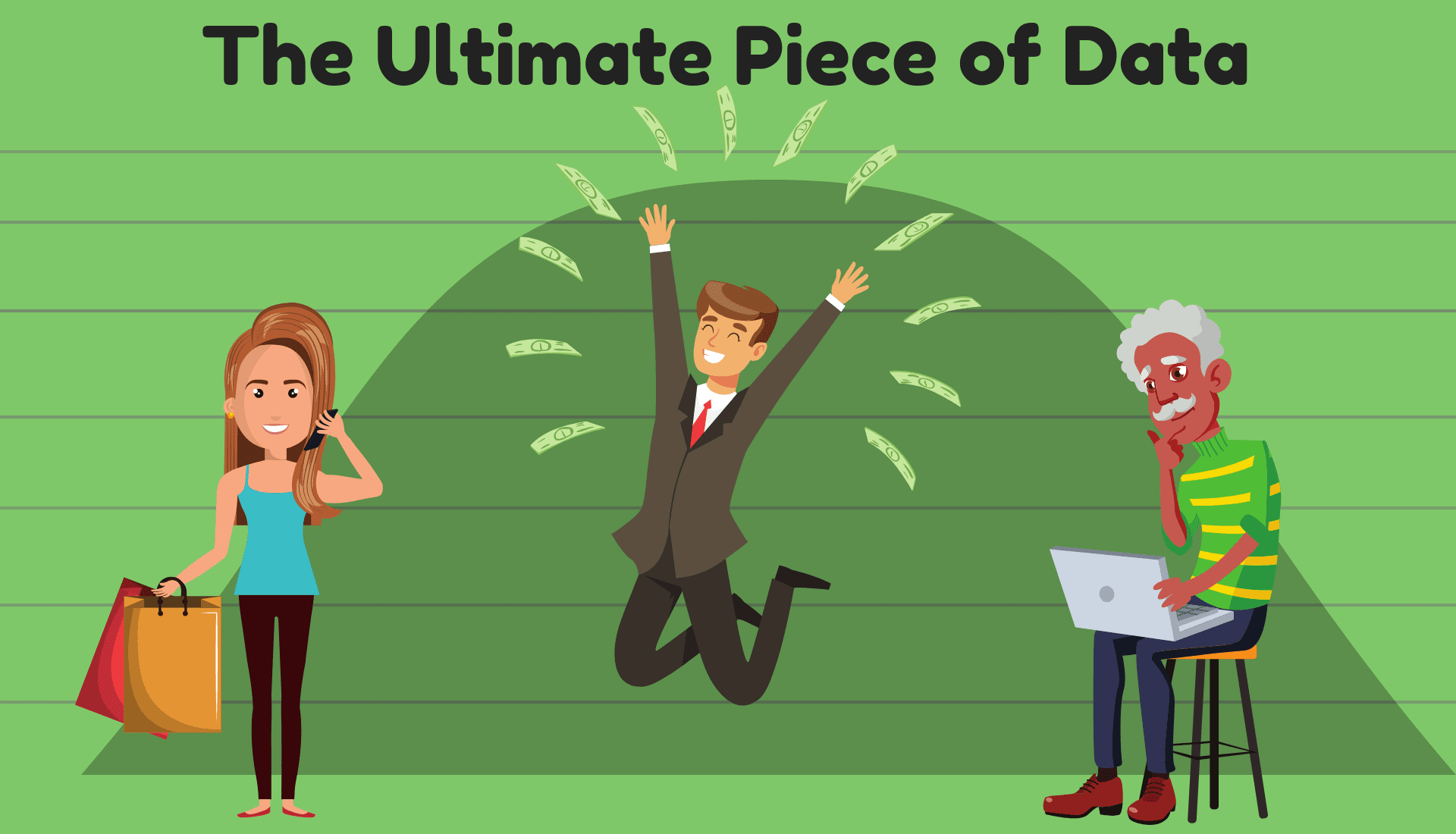Do you know what your customers are worth? As in, each one individually? Did you know there are retailers, credit card companies, banks, phone companies, and airlines who have a score for every customer? It’s true. Some people have called it the ultimate piece of data: customer lifetime value scores. These scores determine a lot when it comes to service, discounts, and more.
Customer lifetime value (CLV) scores are not a new marketing concept, but they’ve come a long way now that data is such a huge part of business operations. They’re a lot more complex (and some would argue more accurate) than they used to be, thanks to artificial intelligence and business intelligence software.
If you’re already using CRM software, such as Salesforce, then you probably already have the building blocks for calculating CLV scores for your customers and clients. Let’s talk about how you calculate customer lifetime value scores – and how to get the most from them.
What is a CLV score?
A customer lifetime value is essentially an estimate (in dollars) of each customer’s financial worth to your company over time. A person’s CLV score is determined by a number of different factors.
Every company uses a variety of different factors, or signals, based on what actions are valuable to them. However, at the base of each CLV are three important factors:
- Recency – the last time you purchased something
- Frequency – the number of transactions you’ve had over the last two years
- Monetary value – the value of those transactions
Large companies, such as telephone carriers, airlines, and major retailers, use a variety of different factors in their own proprietary CLV score algorithms. The factors they choose are dependent on the nature of the business and what a high value customer means to them. For example, they may track how often you return items, how often you use customer support, and how often you wait for a sale to purchase items versus just buying an item when you want it. Then, these factors, plus many others usually, are weighted and calculated to determine your customer lifetime value score.
How can it help your business?
A customer lifetime value score can be used for more than just determining marketing strategies and whom to offer discounts and elite customer status to. You can use these numbers to inform how many resources to allocate to serving each customer.
Yes, all customers should have a great experience with your brand and should get good customer service. (Otherwise you’re not likely to have many customers after a while!) But what about those customers who seem to be a drain on your resources? What if you could track those behaviors and adjust how you react to customers based on a score? For example, someone who tends to return items frequently and call customer service for help may not be worth contacting as often to buy more things, let alone offering special deals to, because of the high cost of every interaction. Companies have been making calculations like these for years, using business intelligence and proprietary algorithms to make them smarter about customer service and resources.
Check out these real-life examples of how CLV is used:
- Credit-card companies use CLV to decide what to offer customers who want to cancel their cards.
- Retailers compare a shopper’s lifetime value with the cost of marketing to that person. Is the customer worth being wooed? If so, how much should be spent?
- Phone companies use your score to determine how long you wait for support and how many resources to allocate to make you happy. For example, if you have a low score, you could be transferred to a lesser call center rather than sending you to the top notch, heavy hitters.
- Your customer lifetime value score could also determine the price of an item or how long you wait on hold.
- A retailer might use a score to determine which customers to honor with “elite status” in order to entice more sales from them.
- An airline might present you with an option to purchase a better seat before assigning seats on a flight if you’ve upgraded your seat previously.
How to calculate CLV scores
How are customer lifetime value scores determined? Using data from transaction records, website activity, customer support records, and even third-party brokers who sell customer information. And it’s all done through software you may have heard us talk about before: business intelligence software.
The sky’s the limit with CLV scores. You can start by using the basic formula for calculating customer lifetime value, or you can choose to use more data and build a proprietary formula based on what’s important to your business and industry. A CLV score is one of many amazing things that can be produced with data and business intelligence – and it’s something we’ve helped many clients develop over the years.
Want to see firsthand how we’ve helped clients take control of data using BI? Download this riveting free case study that reveals how the right BI tools reduced marketing overhead by 60% and customer churn by 30% for one of our clients.






